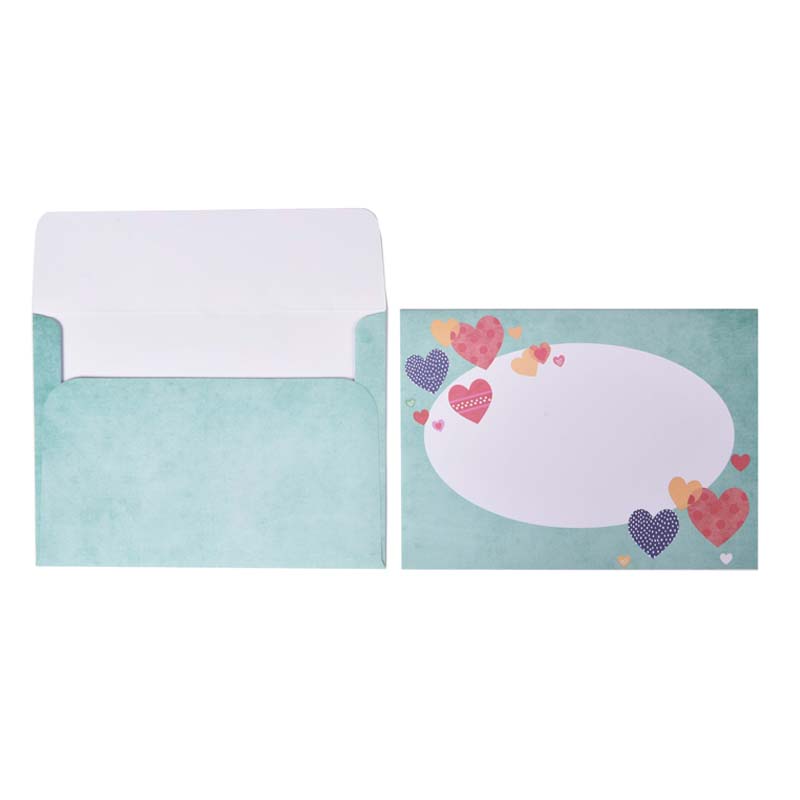1, understand the PS version of its own performance
At present, because of the slight difference in the technology of the PS plates produced by various manufacturers, the products also have their own characteristics. The PS plate with more than 4g (thicker) oxide layer per square meter and high temperature base sealing treatment has good alkali resistance, and contains less than 4g (thinner) oxide layer per square meter, without high temperature Sealed or non-oxidized PS plates with only a hydrophilic layer exhibit weak alkali resistance. In addition, the same PS version has different performance due to different production dates. The operator must understand the performance of the PS plate used, so as to correctly select whether the developing agent is a strong base or a weak base, so that the development speed of the PS plate can be accelerated, and the hydrophilicity of the plate and the printing plate can be increased. , extend the life of the printing plate. In addition, it should also take into account its negative effects on the erosion and dissolution of the surface oxide layer and photosensitive layer of the printing plate, and the hydrophilicity of the plate surface.
2, understand the concentration of the formulated developer
To properly place the PS plate, it is necessary to know the developer concentration. Because the alkali resistance of the PS plate produced by each manufacturer is different, the developer concentration should also be different (hands-on ratio is usually: one liter of developer base against three liters of water). Although the higher the concentration, the faster the development, but the concentration is too high, the photosensitive layer will not have some of the light to dissolve, light to make it drop in ink, dot network, in serious cases can easily cause the flower version or version, There is a broken line in the long and thin lines, the discoloration of the layout (purple), and the resistance to printing on the machine is extremely low. When the concentration is low, the development speed is slow, and the increase in the development time even results in incomplete development. When the machine is on the machine, there is a noticeable shading on the dirty or layout surface, and the characters and the shading cannot be distinguished.
3, control the temperature of the developer
In a certain range, the temperature of the developer is proportional to the developing speed, the high temperature is a high developing speed, and the low temperature is a slow developing speed. The optimum temperature is room temperature, which is the optimum temperature for PS plate development, because under this temperature condition, the operator can visually observe the development of the PS plate without large deviations. If the temperature is lower than 5°C, the developing speed becomes rather slow and almost stops. At this time, an appropriate amount of developer formulated with hot water should be added to raise the temperature. When the temperature is higher than 35°C, the dissolution rate of the developing solution to the photosensitive layer and the aluminum oxide layer is accelerated. At this time, it is necessary to take cooling measures. In addition, the hot and cold weather may also affect the development of the PS plate. In particular, when the season is changed, the PS plate may be scrapped or the printing quality may be degraded due to the unstable development temperature. At this time, the operator is required to properly adjust the temperature or concentration of the developer according to experience.
Greeting card paper bags are also called self-made book covers. Choose a thicker, stronger Paper Bag and make it durable. Select fine and beautiful
paper bags, put the gift to be sent inside, such as jewelry, perfume, books, etc., if you add a greeting card is more appropriate. Cut the paper bags with strong materials and beautiful appearance, and package them as wrapping paper.
The days when people usually give greeting cards include birthdays, Christmas, New Year's Day, Spring Festival, Mother's Day, Father's Day, and Valentine's Day. Greeting cards generally have some words of blessing. Put some perfume in the Greeting Card Paper Bag, the effect is even better!
Paper bags for greeting cards can also be called document paper bags, western-style envelope bags, etc.

Greeting Card Paper Bag
Greeting Card Paper Bag,Creative Greeting Card Paper Bag,Holiday Greeting Card Paper Bag,Painted Greeting Card Paper Bag
Shenzhen Yanhua Packing Products Co., Ltd. , https://www.yhpackagingbox.com